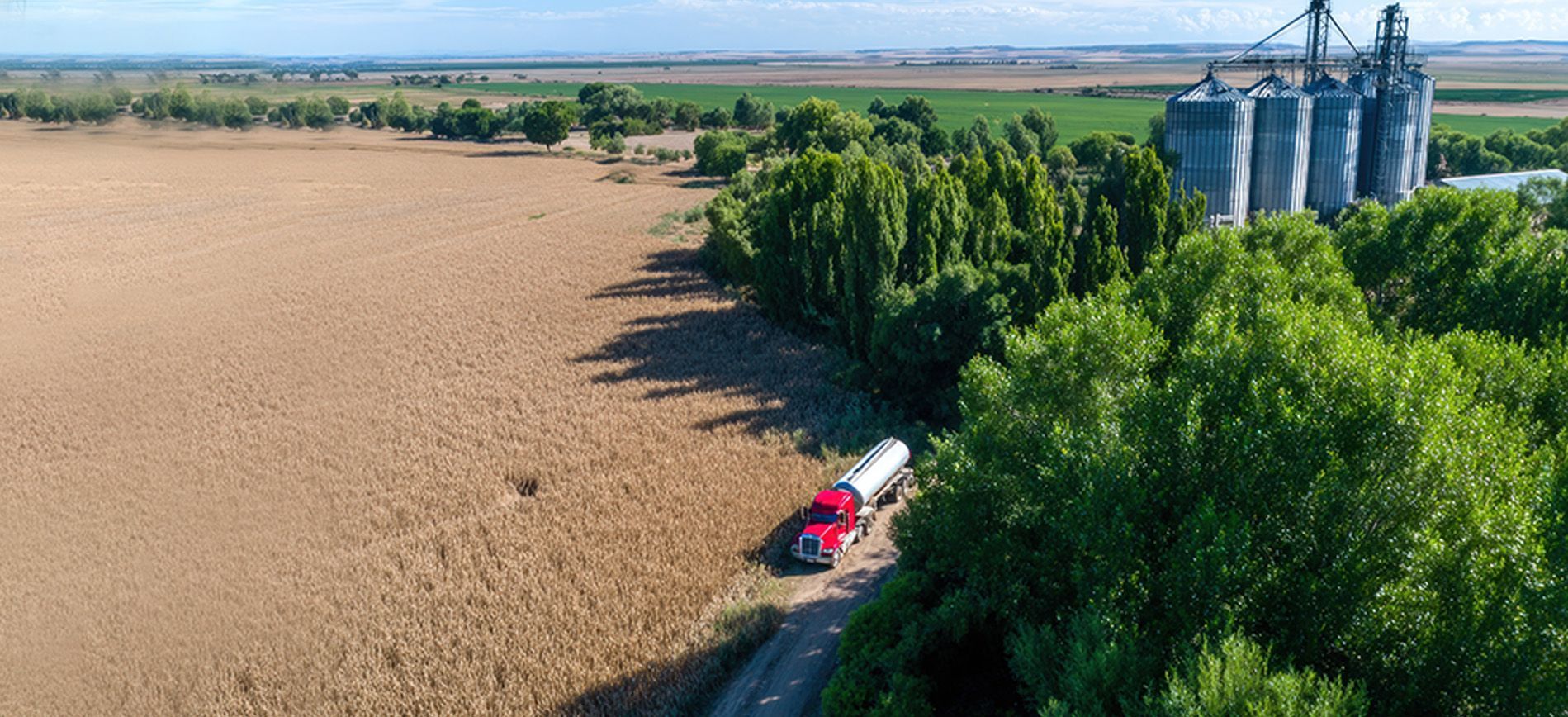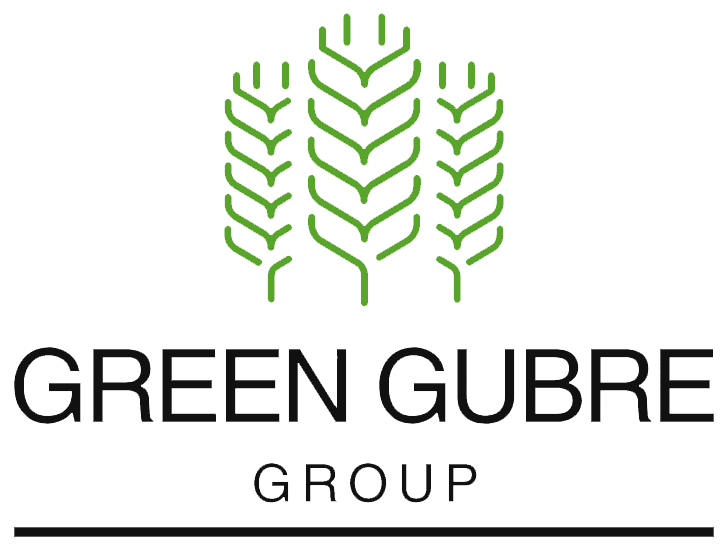Nitrification Inhibitors – Slowing Nitrogen Loss, Boosting Fertilizer Efficiency
Nitrification Inhibitors – Slowing Nitrogen Loss, Boosting Fertilizer Efficiency

Introduction: Tackling the Nitrogen Challenge in Modern Farming
Nitrogen is one of the most vital nutrients for plant growth—but it’s also one of the most difficult to manage efficiently. Up to 50% of applied nitrogen fertilizers can be lost to the atmosphere or leached into water systems, particularly in warm and wet environments. This not only reduces fertilizer efficiency but also contributes to greenhouse gas emissions and water contamination.
Nitrification inhibitors (NIs) have emerged as a strategic solution, targeting the nitrogen cycle to slow the conversion of ammonium into nitrate, thereby minimizing nitrogen losses and increasing crop availability.
What Are Nitrification Inhibitors and How Do They Work?
Nitrification inhibitors are chemical compounds that suppress the activity of Nitrosomonas bacteria in soil—microbes responsible for converting ammonium (NH₄⁺) into nitrate (NO₃⁻). This process, known as nitrification, increases the risk of nitrate leaching and denitrification-related nitrous oxide (N₂O) emissions.
By delaying nitrification, NIs maintain nitrogen in the ammonium form for an extended period, reducing losses and providing a more sustained nutrient supply for crops.
Common nitrification inhibitors include:
- Dicyandiamide (DCD) – A widely used and cost-effective option for cereals and pastures
- Nitrapyrin – Effective in dryland and row crops such as corn and cotton
- DMPP (3,4-Dimethylpyrazole phosphate) – Known for high efficacy at low application rates and environmental safety
Agronomic and Environmental Benefits
The integration of nitrification inhibitors into nitrogen management strategies delivers benefits across multiple dimensions:
- Improved Nitrogen Use Efficiency (NUE): NIs can enhance NUE by 20–40%, reducing the amount of fertilizer needed per unit yield.
- Increased Yields: Field trials have shown average yield increases of 5–12% in cereals and maize, particularly under high rainfall or irrigated conditions.
- Reduced Greenhouse Gas Emissions: NIs can reduce N₂O emissions by up to 50%, aligning with global climate mitigation goals.
- Leaching Prevention: Keeping nitrogen in ammonium form minimizes nitrate leaching into groundwater, supporting water quality efforts.
These benefits are especially critical in regions with light soils, heavy rainfall, or where nitrate contamination of groundwater is a concern.
Use Cases and Application Guidelines
NIs are commonly used in combination with ammonium-based fertilizers such as:
- Urea (granular or prilled)
- UAN (urea ammonium nitrate solutions)
- Ammonium sulfate or ammonium phosphate products
They can be applied via:
- Blending or coating nitrogen granules with the inhibitor
- Direct injection into UAN or irrigation systems (fertigation)
- Tank-mixing with liquid fertilizers at application time
Correct timing and placement are essential. NIs perform best when incorporated into soil or applied shortly before planting to synchronize with crop nitrogen uptake.
Market Trends and Future Outlook
The global nitrification inhibitor market is experiencing rapid growth, with a valuation of USD 1.5 billion in 2024 and projected to reach USD 2.7 billion by 2030. Growth drivers include:
- Environmental policies targeting N₂O and nitrate pollution
- Incentives for Enhanced Efficiency Fertilizers (EEFs) under EU and USDA frameworks
- Rising adoption of precision agriculture practices
- Expanding use in
high-value crops like vegetables and turfgrass
Europe and North America are currently leading in NI adoption, but uptake is expanding fast in Brazil, India, and Southeast Asia.
Green Gubre Group – Our Nitrification Inhibitor Offerings
Green Gubre Group works closely with leading manufacturers and agronomists to deliver nitrification inhibitor solutions that align with local cropping systems. Our portfolio includes:
- DCD-coated urea for row crops and cereals
- DMPP-based blends for vegetables and fruit trees
- Customized inhibitor programs for fertigation and foliar systems
- Technical support for
dosage calibration,
timing strategies, and
integrated nutrient planning
Our solutions empower farmers to produce more with less, while reducing their environmental footprint and complying with evolving standards.
Conclusion: Nitrification Inhibitors – A Smarter Way to Manage Nitrogen
With nitrogen efficiency and environmental sustainability at the forefront of modern agriculture, nitrification inhibitors provide a proven, science-backed tool. When integrated thoughtfully, they not only reduce losses and emissions but also enhance profitability and protect ecosystems. As global demand for responsible fertilization grows, NIs will play a central role in next-generation nutrient management.




